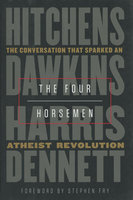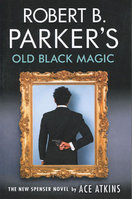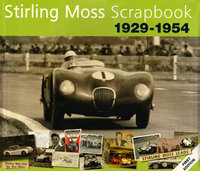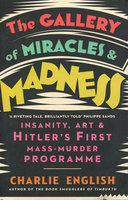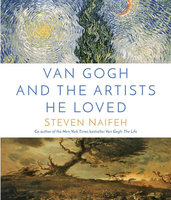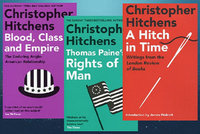New, Quality Gift Books - 50-90% off - over 2500 titles
Your basket is empty.
Categories Last Chance to buy! MUSIC LESSONS: The College of France Lectures
MUSIC LESSONS: The College of France Lectures
Book number: 93581
Product format: Hardback
In stock
Bibliophile price
£3.00
Published price
£30
Customers who bought this product also bought
|
FOUR HORSEMEN:
Book number: 92011
Product format: Hardback
Bibliophile price
£2.50
Published price
$23
|
ROBERT B. PARKER'S OLD BLACK MAGIC
Book number: 93591
Product format: Paperback
Bibliophile price
£4.25
Published price
£9.99
|
STIRLING MOSS SCRAPBOOK 1929-1954
Book number: 94958
Product format: Hardback
Bibliophile price
£16.00
Published price
£39.95
|
|
GALLERY OF MIRACLES & MADNESS
Book number: 94897
Product format: Paperback
Bibliophile price
£4.50
Published price
£14.99
|
VAN GOGH AND THE ARTISTS HE LOVED
Book number: 94533
Product format: Hardback
Bibliophile price
£11.00
Published price
$40
|
CHRISTOPHER HITCHENS: Set of Three
Book number: 94536
Product format: Paperback
Bibliophile price
£13.97
Published price
£35.97
|
Browse these categories as well: Last Chance to buy!, Biography/Autobiography, Music & Dance

